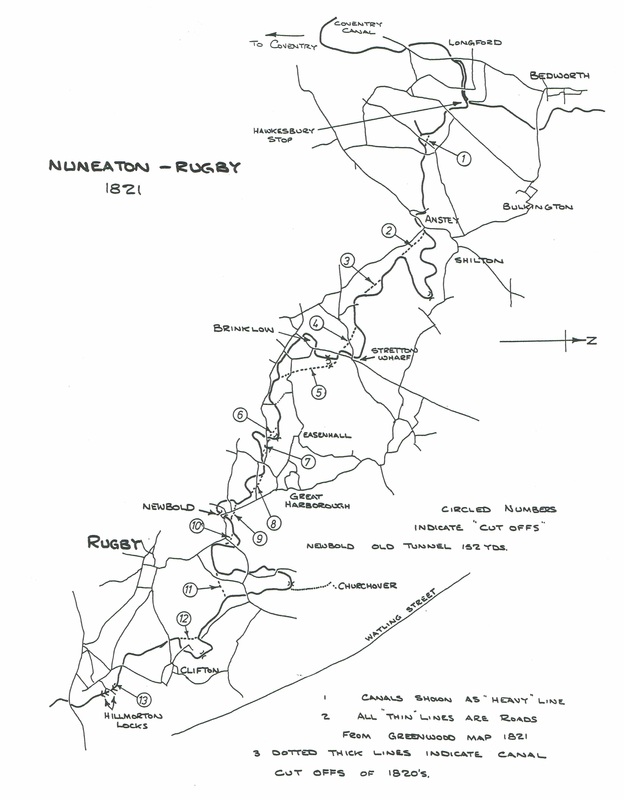RichardG
Western Thunderer
The captions on the Warwickshire railways website suggest the accident was between 1912 and 1923 based on the sidings on the canal wharf not appearing on maps until 1912.
Well, we know that the accident happened at a time when the track layout matched up with the map published in 1912.
If the OS maps are correct, the sidings must have been built between 1902 and 1912
Newdigate Colliery: A 1902 Ordnance Survey Map showing the exchange sidings are now in place but no siding to the wharf
Newdigate Colliery: A 1912 Ordnance Survey Map showing the exchange sidings are now in place with two sidings installed on the wharf
I agree that the accident was before 1923, by which time the track layout had been reduced to one siding.
Newdigate Colliery: A 1923 Ordnance Survey Map showing the exchange sidings but with the number of wharf sidings reduced to one
So, later than the preparation of the map published in 1902 and before 1923.
I have written to the Warwickshire Railways web site, in case they have the correct date of the accident stored away elsewhere.
Last edited:











